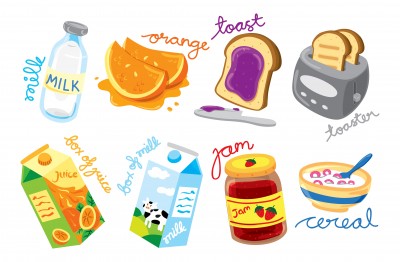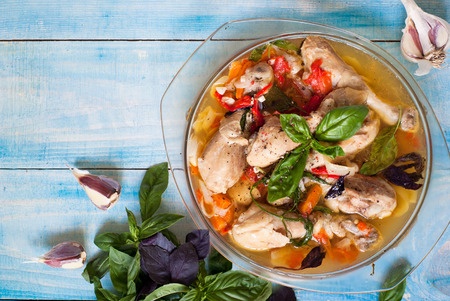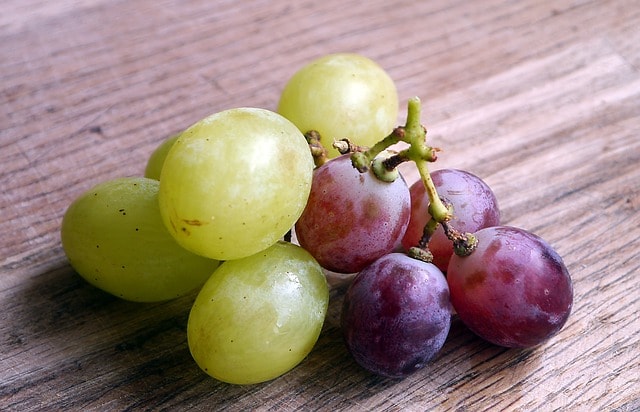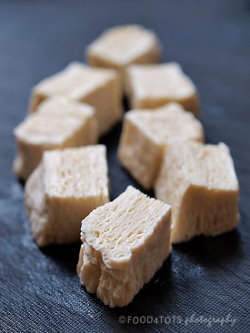Everyone knows the holidays give us the perfect reason to feast to our hearts’ content. The table boasts a mouthwatering spread, complete with an irresistible offering of desserts: decadent key lime pies, pillowy cinnamon rolls, and warm, gooey chocolate chip cookies (for Santa of course – the kids wouldn’t dream of scarfing them down…).
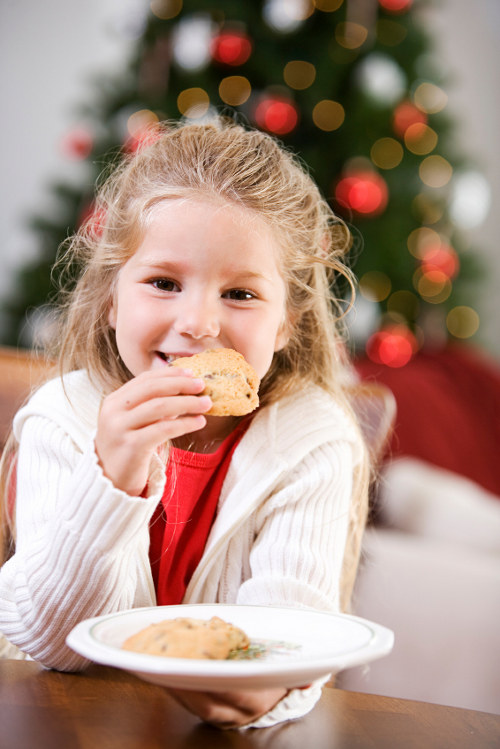
Except the kids do. And who can blame them? With sugary treats made all the more available around the holidays, it’s too hard to say no.
Let’s forget about the candy canes for a second, and never mind the avalanche of candy bars passed around on Halloween, chocolate eggs at Easter, or colourfully-wrapped sweets around Chinese New Year.
No matter what time of year it is, parents want their kids to eat as healthy as possible.
It just so happens that this becomes much harder around the holidays, which is why this is the perfect time to read up on some healthy eating tips:
1. Limit the availability of junk in the house
If you don’t want your kids hitting junk food at every chance they get, then don’t keep too much in the house. Or at least be smart about the way you store them. Note: candy bowls are not the answer!
We tend to stock up on holiday-themed treats during festive seasons. Many treats go on sale; there leftover desserts; and we’re in an indulgent holiday state of mind (and belly). But we need to be smart about how we store the less-than-healthy delights. Instead of using see-through Tupperware and transparent zip-lock bag, choose containers that are opaque so that the biscuits can’t be readily seen. Put them in the kitchen cabinet, not the counter. It’s a form of “out of sight, out of mind.”
2. Watch your own eating habits
Mums, have any of you snuck in the kitchen to eat a cookie before your kids found you out? You know that if you get caught, they’ll insist on taking the whole box of cookies. And even though you’d want to say your whole “Don’t eat too many” or “Wait till after dinner” line, it would feel rather silly when there are cookie crumbs on your own shirt.
Look, we all have our guilty pleasures. And instead of trying to ban them all, why not do this instead? Have the occasional treat, but eat nutritious meals and snacks at all other times, as much as you can. That way, enjoying a festive dessert won’t be a big deal because the rest of the time, you know you made healthy choices. Demonstrate the same philosophy to your children and lead by example.
According to research findings at Oxford, there is a significant link between a child’s and parent’s eating habits, including their snack consumption. What, when, why, and how you eat can really rub off on your kids!

When you really enjoy a healthy meal, snack, juice or smoothie, express it in front of your children. Verbalize your pleasure by talking about how delicious and refreshing it is, how good it makes you feel, and how it gives you a boost of energy. Say how your morning smoothie helped you run faster during soccer. Or how you could bike faster because you ate a delicious fruit bowl first. It will pique their interest – and sometimes that’s all you need to get them to try it.
By doing this, you’re also bringing to their attention that eating isn’t just about tasting – it’s about how it makes your whole body feel. Healthy food delivers a host of healthy benefits.
3. Use the “Popeye Method”
When I was young, the only way my parents got my brothers and me to eat spinach was by saying it was what gave Popeye all his muscles. If your child likes Superman, you can respond, “Yes I see why. He’s very brave and strong,” then point out that eating vegetables helped increase Superman’s strength. The trick is to connect your child’s favourite character with the benefits of healthy food.
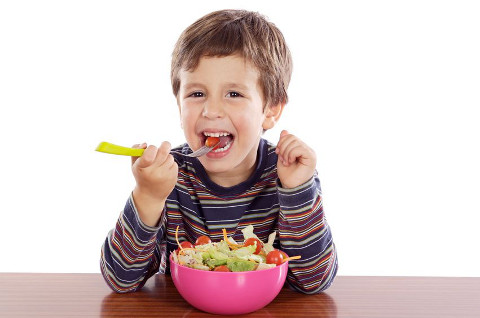
It doesn’t always have to be a movie or book character, though. Let’s say your boy likes to play basketball. Tell him that by eating more broccoli, he’ll grow taller and be able to shoot more hoops. This is all in the effort to make healthy food sound more appealing to your kids.
4. Have healthy options on hand
Whenever I take my kid to visit friends or relatives, they never fail to give my kid something super sugary to nosh on. People like to give children candy – that’s one of the facts of life. I’m grateful for their sweet gesture, but when it’s the holidays and we’re visiting house after house, it’s not so great when my three-year-old is on a huge sugar high by the end of it all.
You can try packing healthy options for your kid instead. Make your own trail mix of nuts, (almonds and cashews are a hit with my kid), granola, and raisins. Dried seaweed is great, too. I also have a small container just for fruits like grapes and blueberries to keep them from getting squished.

My daughter wasn’t crazy about these options at first, but I’ve found that when she’s hungry, she’ll eat them. What’s more – she’s come around to liking these more natural and subtle flavours over time. They are definitely healthier options than chips or Pocky sticks.
5. Teach them to pace themselves
Kids aren’t always aware of how many courses there will be, so they’re likely to overeat early. When it comes to buffets, they might heap their plates with nothing but spaghetti and sausages at the get-go, then get too full for anything else. So before the feast begins, remind your kids that there will be a lot of food, and they need to pace themselves.
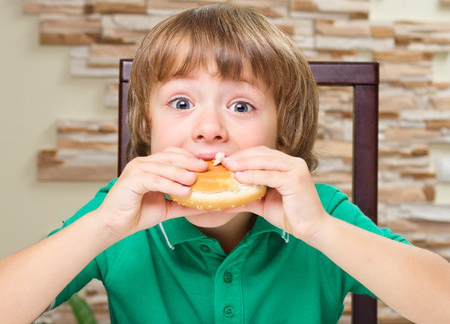
Also, if you think that they’ll skip dessert just because they’re already full from the meal, you might be wrong. “Ice cream? How can you still want ice cream when you just told me that you’re stuffed?” I’ve asked my daughter this multiple times in confusion. Well, research shows that over 90% of kids will still eat dessert even after they just finished a big meal and they’re full.
One of the reasons why it’s important to teach kids to pace themselves is so that they don’t overeat, then overeat some more when they still opt for sweets afterward.
6. Think of the big picture
Remember that you’re not just teaching your kids what to eat. You’re also teaching them how, why and when to eat. It can be exhausting to control what our kids eat all the time, and what happens when we’re not there to supervise?
Think about healthy eating as a lifelong practice. Teach your kids how to eat the right way: that means not overeating on an already full stomach, choosing healthy options, and focusing on food as something that’s not only fulfilling for their taste buds, but also for their bodies, strength, and overall health.
As Christmas rolls around, foster great eating habits that will last through the upcoming year.
By Jenny Tai.
* * * * *
Like what you see here? Get parenting tips and stories straight to your inbox! Join our mailing list here.
Want to be heard 👂 and seen 👀 by over 100,000 parents in Singapore? We can help! Leave your contact here and we’ll be in touch.






































